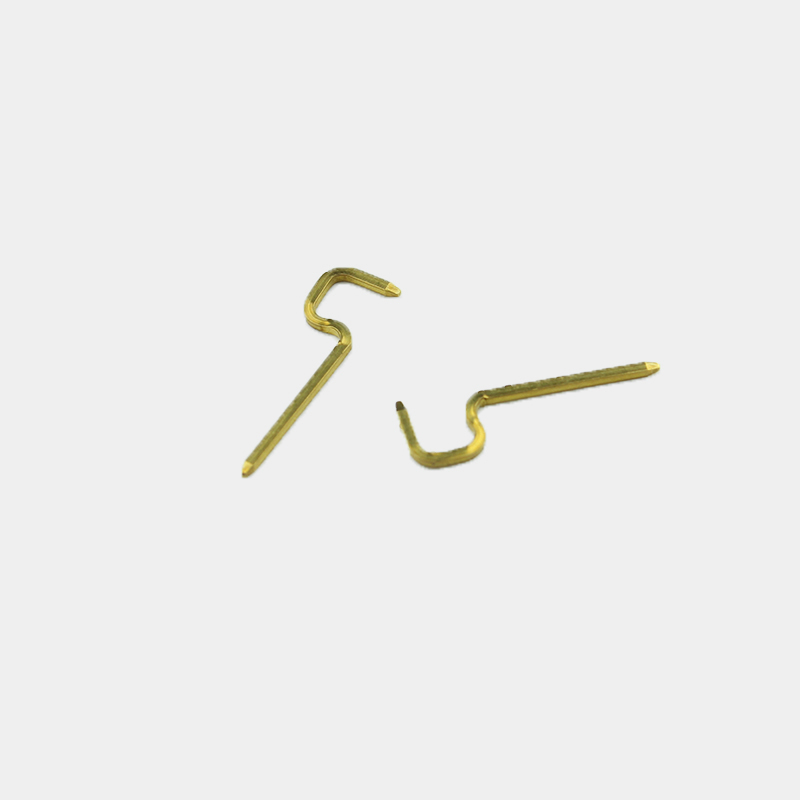Welcome to Cixi Cihui electronic original factory!
Welcome to Cixi Cihui electronic original factory!
With the increasing demand for connectors in the market, there are more and more types of connectors, but so is manufacturing engineering. It is generally divided into four processes
1. Seal.
2. Electroplating.
3. Injection molding.
4. Assembly.
Stamping is the use of high-speed punch will be a large volume of copper stamping into terminals.
Electroplating is to send stamping materials to electroplating for nickel, tin and semi gold plating to prevent oxidation and enhance conductivity.
Injection molding is a kind of injection molding machine that extrudes plastic materials from the plastic shell. The productivity of needle arrangement double plastic is related to the number of mold cavities.
The assembly is to insert the rubber shell and terminal into the rubber shell through the pin insertion machine to form a 90 degree / 180 degree needle base.
With the increasing market demand for electrical connectors, the quality requirements of various industries for this kind of connector equipment are also improving. Therefore, in the production of connector products, we should pay attention to many problems, so that customers can rest assured to buy and use. The following are the problems we need to pay attention to in the production.
The first is the use voltage of electrical connector: because the thermal effect accelerates the chemical reaction in the film area, it has a certain repair effect on the film, so the use voltage has a great impact on the application of electrical connector.
Secondly, the current of the electrical connector: when the current exceeds a certain value in use, the Joule heat generated by the row of pin pictures after the tiny points on the contact surface are electrified will soften or melt the metal and affect the concentrated resistance, thus reducing the contact resistance.
Under the condition of the electric connector surface: as the contact surface is deposited with oil dirt and dust, the needle drawing forms a relatively loose surface film, so that the particles are easily embedded in the concave and convex parts of the contact surface, thereby increasing the resistance of the contact, reducing the contact area of the contacts, and affecting the normal use of the electrical connectors.
